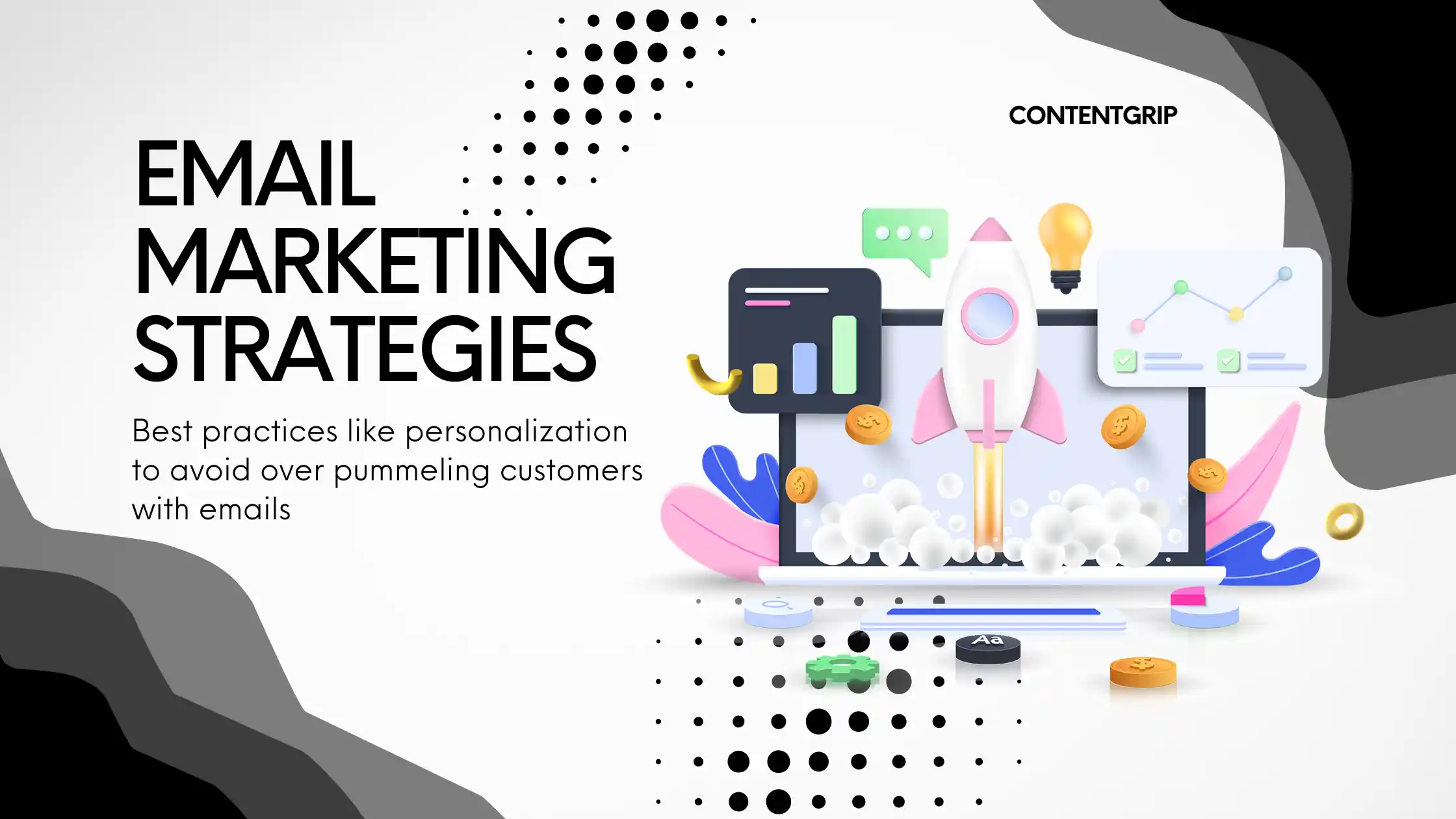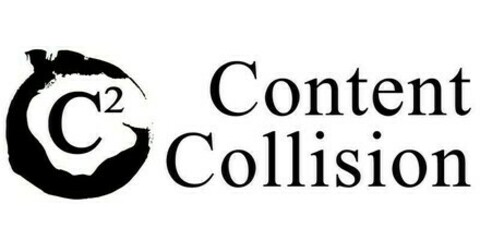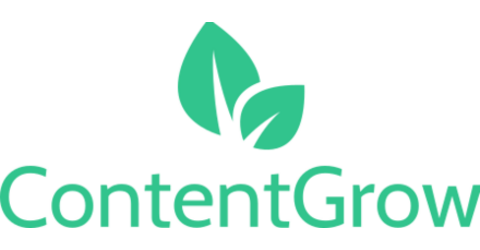Email marketing best practices: personalization over pummeling
Marketers face a critical challenge: keeping customers engaged without overloading their inboxes with irrelevant emails. Learn tips, tools and best practices to ensure successful email marketing campaigns.

As the year comes to a close, marketers tend to use email campaigns to meet year-end revenue goals. However, this strategy can backfire if not executed thoughtfully. Email remains the preferred marketing channel for 59% of consumers, according to Optimove Insights. Yet, sending too many irrelevant or poorly timed messages can damage trust, alienate customers, and ultimately lead them to competitors.
The latest research, based on responses from 329 U.S. consumers, reveals that while email is a powerful driver of engagement, it also carries risks when overused:
- 37% cite email as the most annoying channel when bombarded with messages.
- 57% have switched to a competitor due to email fatigue.
- 70% unsubscribed from three or more brands in the past three months alone.
These statistics underscore a critical need for brands to shift their focus from high-volume campaigns to delivering relevance and value.
Key to successful email marketing
1. Personalization and timing
Consumers increasingly expect tailored communications, with 75% valuing personalization—a significant increase from 54% just a year ago. Furthermore, 81% are more likely to engage with emails that align with their specific interests.
Personalization must extend beyond using a first name. AI-powered platforms can analyze customer behavior and preferences, enabling brands to deliver targeted offers, well-timed promotions, and content that resonates on an individual level.
Timing also plays a crucial role. 60% of consumers report receiving emails at inconvenient times, diminishing their effectiveness. Predictive analytics tools can help brands identify optimal send times, ensuring campaigns are both relevant and timely.
2. Position-less marketers
The modern marketer must embrace a “position-less” role, leveraging advanced technologies like AI and CRM platforms to integrate customer insights across functions. This adaptability enables seamless execution of personalized, data-driven campaigns that meet customer expectations.
In this approach, the Position-less Marketer aligns strategy with customer needs, ensuring every interaction builds trust and enhances loyalty.
3. Let customers lead by prioritizing flexibility and control
Empowering customers with control over their email preferences is vital. According to our research, 90% of respondents want the ability to customize the frequency, timing, and content of brand communications. This autonomy drives loyalty, with 84% of loyal customers more likely to make repeat purchases after receiving relevant and timely messages.
Creating customer-centric preference centers allows brands to foster stronger relationships while reducing email fatigue.

5 email marketing best practices for 2025
1. Use data to manage volume
Data is the backbone of effective email marketing. By closely monitoring key performance metrics like open rates, click-through rates, and spam complaints, marketers can gain insights into how customers respond to their campaigns. Adjusting email frequency based on this data helps prevent oversaturation, reducing the risk of customers feeling overwhelmed or opting out.
2. Prioritize advanced personalization
Personalization is no longer optional—it’s expected. Beyond simply addressing customers by name, brands must leverage predictive analytics and dynamic content to craft messages tailored to individual preferences and behaviors. This approach increases the likelihood of engagement, fostering deeper connections with recipients by demonstrating an understanding of their needs.
3. Give customers control
Empowering customers to manage their email experience builds trust and strengthens loyalty. Providing options through preference centers, such as frequency settings, content categories, or seasonal pauses, puts control in the hands of the customer. This transparency helps brands align communications with customer expectations and fosters a positive relationship.
4. Foster loyalty proactively
Building loyalty requires proactive efforts to recognize and reward valued customers. Identifying VIP segments and offering exclusive discounts, early access, or milestone-triggered rewards can make customers feel appreciated. Automation tools streamline these campaigns, keeping them timely and relevant while enhancing long-term retention.
5. Test and refine continuously
The most successful marketers embrace a mindset of constant optimization. A/B testing of subject lines, send times, and content formats provides actionable insights into what resonates most with your audience. Real-time analytics enable swift adjustments, ensuring that campaigns stay aligned with evolving customer behaviors and preferences.

3 free tools to help execute email marketing strategies
- Google Analytics
Google Analytics is a versatile tool that provides essential insights into your email campaign performance. By tracking metrics such as click-through rates and conversions, you can evaluate what’s working and identify areas for improvement. These insights allow marketers to fine-tune their strategies, ensuring campaigns are optimized to drive engagement and achieve measurable results.
- HubSpot Free CRM
HubSpot Free CRM is an invaluable resource for managing customer interactions and tailoring marketing efforts. The platform enables marketers to access real-time data about customer behavior, making it easier to create highly personalized email campaigns. With its intuitive interface and automation capabilities, HubSpot helps streamline communication and strengthen customer relationships.
- Mailchimp Free Plan
Mailchimp’s free plan is perfect for creating and automating email campaigns with ease. Its segmentation tools allow you to group customers based on preferences, purchase history, or engagement levels, ensuring targeted messaging. Additionally, the platform’s A/B testing feature lets you experiment with different subject lines, content, and designs to optimize campaign performance and maximize impact.
This post is created by ContentGrow, providing scalable and tailored content creation services for B2B brands and publishers worldwide. Book a discovery call to learn more.





